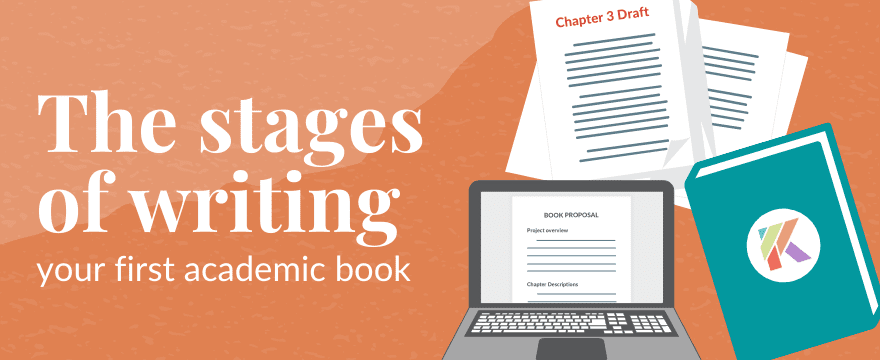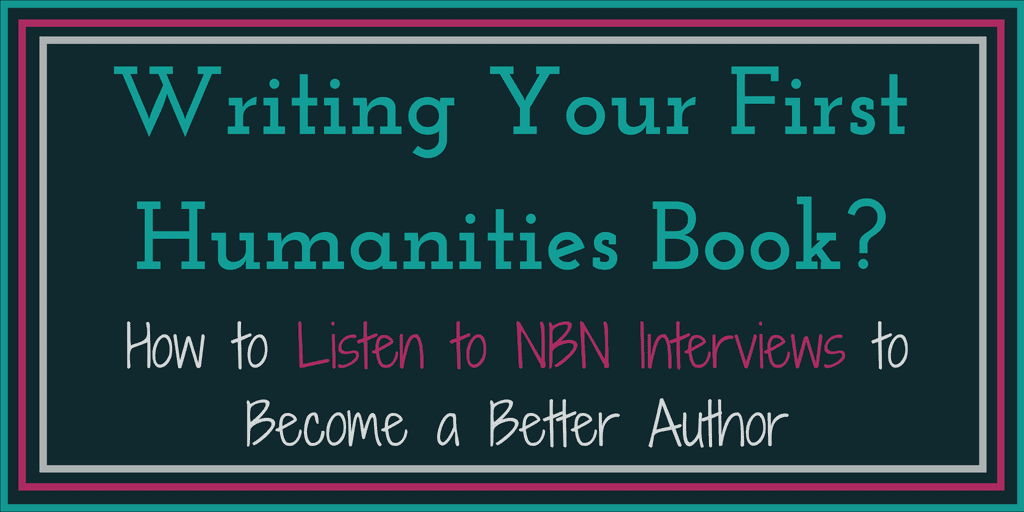Academic books are categorized in multiple ways as they make their journey from manuscript to library shelf. Understanding these classification systems can help authors think more strategically about their audience and how their book will reach readers. Let’s explore the key systems that shape how academic books are acquired, marketed, and discovered.
University Press Subject Areas: The Publisher’s View
University presses organize their lists around broad subject areas that shape everything from acquisitions to marketing. These categories determine:
- Which acquisitions editor might handle your book
- How your book will be marketed to libraries and scholars
- Which scholarly associations will receive promotional materials
- Where your book might appear at academic conferences
For example, a book about race and literature in French colonies might be categorized under:
- Literature (Scholarly): Literary Criticism
- History: European
- History: Caribbean
Understanding these categories helps you grasp how publishers think about their lists and market their books.
BISAC Codes: The Bookseller’s Categories
The Book Industry Subject and Category (BISAC) system is the commercial standard used by publishers and booksellers. While academic books often defy simple categorization, these codes help bookstores and online retailers shelve and find your book.
Key things to understand about BISAC:
- Books can have multiple codes
- The first code is considered primary
- Codes range from broad (LITERARY CRITICISM / General) to specific (LITERARY CRITICISM / European / French)
- Your codes affect where your book appears in searches and recommendations
Library of Congress Subject Headings: The Librarian’s System
This sophisticated system is how academic libraries will catalog your book. LCSH uses a detailed format that combines main topics with subtopics and geographic locations. For instance, a book about race in French colonial literature might receive headings like:
- Race–Social aspects–France
- Race in literature–Minority authors
- French literature–Colonies–History and criticism
- Postcolonial criticism–France
The LCSH system offers more nuance than BISAC, allowing for:
- Complex relationships between topics (Race in literature)
- Geographic specifications (France, French colonies)
- Temporal specifications (20th century, Early modern)
- Theoretical approaches (Postcolonial criticism)
- Methodological elements (History and criticism)
Understanding the Scope of Categories
Consider just how broad these categories are. Take “Race in literature–Minority authors.” This single heading encompasses:
- Thousands of scholarly books and articles
- Multiple centuries of literary production
- Dozens of theoretical approaches
- Various national and linguistic traditions
- Multiple genres and forms
This insight helps us understand why claiming expertise across multiple broad categories can undermine our credibility. When we say our book speaks to multiple major fields (literary studies AND environmental science AND digital humanities…), we’re actually claiming expertise across vast territories of scholarship, with their own extensive histories, methodologies, and evidence bases.
How Categories Shape Discovery
These classification systems affect how different readers find your book:
- Scholars might discover it through subject-specific library searches
- Libraries might purchase it based on their collection areas
- Conference bookstalls might feature it in specific sections
- Online retailers might recommend it to readers of similar works
Understanding these systems can help you:
- Position your book effectively in your proposal
- Think strategically about your audience
- Make informed decisions about marketing
- Understand how your book will reach readers
What This Means for You, The Author
While you don’t need to master these classification systems, understanding them can help you:
1. Write stronger proposals
- Use specific subfield language
- Show understanding of where your book fits
- Make realistic claims about reach
2. Think strategically about audience
- Identify realistic primary readership
- Understand secondary audience access
- Consider discovery pathways
3. Make informed decisions about:
- Which presses to approach
- How to position your work
- Where to focus marketing efforts
- How to reach your intended readers
Remember: your book will likely fit into multiple categories, but understanding these systems helps you identify your core audience and make strategic decisions about how to reach them.
Applying These Systems to Your Book: A Hands-On Exercise
Want to understand how these systems might apply to your book? Try this:
- Find 3-4 books similar to yours in your university library catalog.
- Note all their Library of Congress subject headings.
- Look at what other books share these headings.
- Consider:
- How specific are the categories?
- What patterns do you notice?
- How might these categories shape discovery?
- In what categories would you want your own book to appear?
This exercise can provide valuable insights into how your book might be categorized and discovered by readers.



